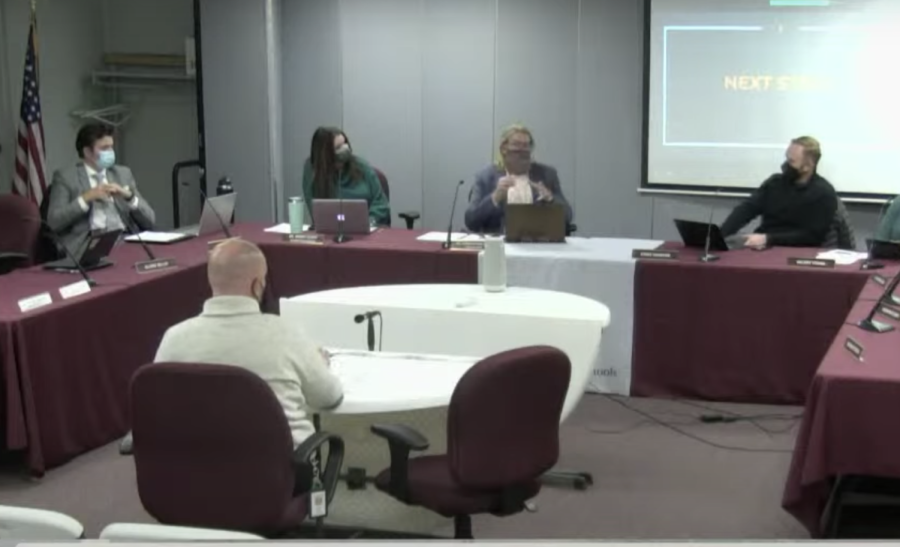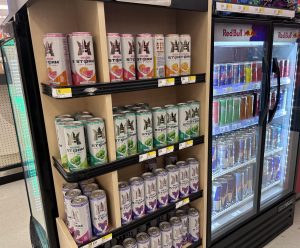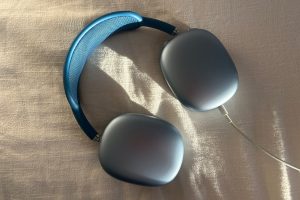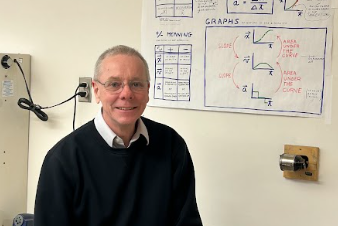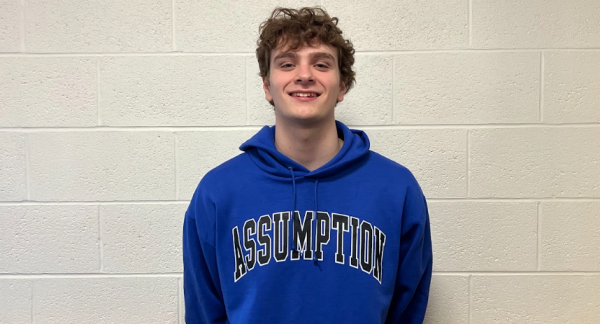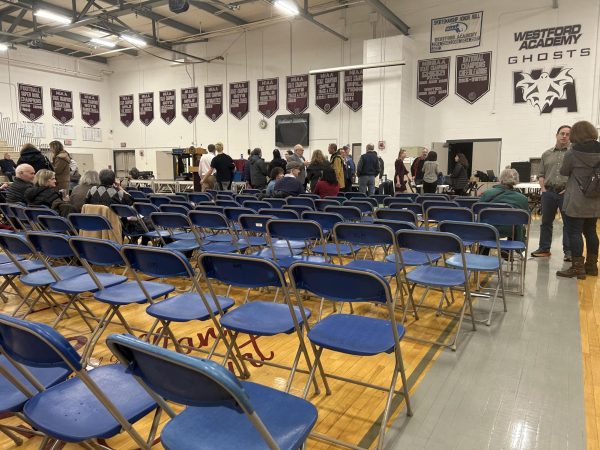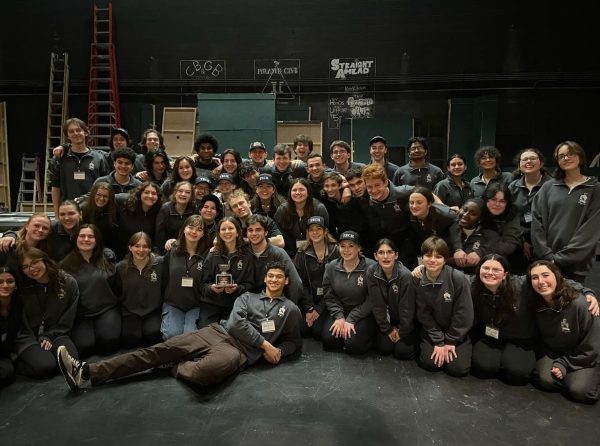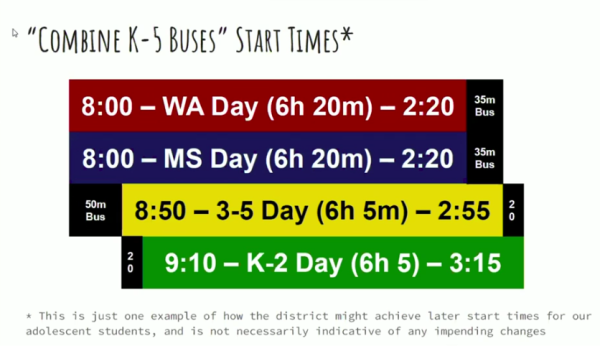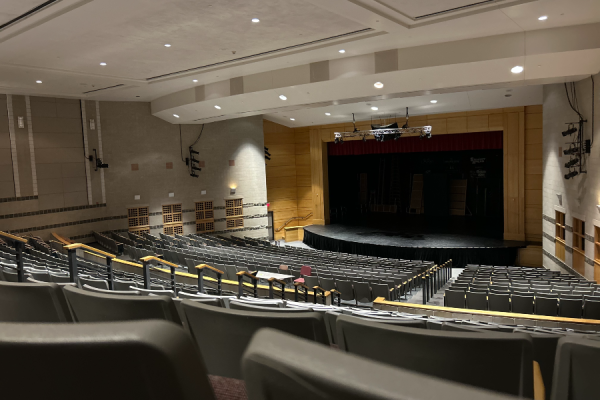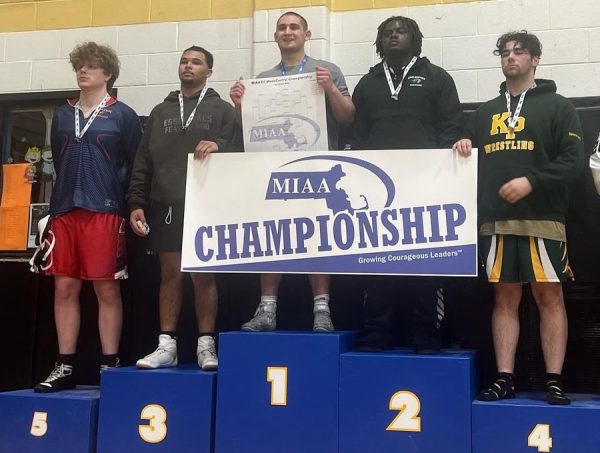4 takeaways from 1/31 to know for today’s school committee meeting
School committee discusses Panorama Education at 1/31 meeting.
February 15, 2022
The school committee met on Mon., January 31 to discuss both the budget and social-emotional tools for members of the Westford Public Schools district.
1. English Teacher Statement:
Chew proposed a cut of 1.6 FTE (full-time equivalent) in the Westford Academy English department, to comply with his overall proposal of 4.0 FTE cuts and $252,000 savings at the high school level. In response, the WA English department released a statement in opposition, and a shortened version was read at the Jan. 31 meeting by English teacher Russell Coward.
“English teachers are often frontline ambassadors when it comes to recognizing and supporting our students’ social-emotional needs and concerns,” Coward said. “More students means less time for personal attention. Less time for personal attention worries us, especially after the educational and emotional disruptions made by the pandemic.”
In support of their quality of education, the department cites their 2019 statewide recognition for strong MCAS achievement and the statistical data of 98.5 percent of students taking AP Literature and Composition passing with a score of 3 or higher that same year. For the 2019 10th grade ELA MCAS scores, 84 percent of students either exceeded or met expectations, as compared to a state average of 61 percent; 31 percent of students exceeded expectations, as compared to a state average of 13 percent.
In sum, the department attributes the success of their teachings to not only their staff but also the 100:1 total student-to-teacher ratio. The department fears that, with both the increase to a 125:1 student to teacher ratio and WA’s newly adopted 5-drop-2 schedule, they will not be able to provide students with consistent writing practice and detailed feedback in a timely manner.
“We teach our students to think critically, write clearly, and communicate effectively. Anecdotally, our alumni have repeatedly reported themselves to be among the strongest writers, if not the strongest writer, within their peer group at college. Statistically, we have guided our students to consistently high performances on standardized testing,” the statement reads.
Read the full statement here.
2. Panorama Education:
At the meeting, WPS K-12 Physical Education, Health and Wellness Curriculum Coordinator Brian Roark presented on Panorama Education, a digital survey tool that allows districts to obtain insight regarding social-emotional learning within their communities.
“This came out of a recommendation from the Department of Elementary and Secondary Education, as we reopened into the 20-21 school year. They tasked us with the understanding of social-emotional learning of students,” Roark said.
According to Roark, a primary factor in the purpose of WPS conducting Panorama surveys is to measure the social-emotional competencies of students within the district; these skills include self-awareness, self-management, social awareness, relationships skills, and responsible decision-making.
Since the fall of 2020, 16,265 responses have been recorded from students, family, and staff.
“The great thing about Panorama is that they’re all research-backed surveys, meaning the questions hold weight,” Roark said. “We have access to the data, so we can see how students respond to groups of questions, giving us a really strong understanding of the different perspectives to certain questions.”
One of the key topics that WPS focused on in recent surveys was “belonging.” Because of the pandemic, Roark sees this as pivotal to social-emotional learning as students re-adjust to “normal” school.
As for each survey, the topics are grouped into lines of questioning that fit a single subject; each survey tackles five to six topics. Students, families, and staff are given different surveys to account for their different viewpoints on social-emotional learning and education.
These surveys will continue to take place for the foreseeable future with specific days allotted to survey-taking one to two times a year within the district.
“This is truly an initiative for systemic change. We don’t want to survey too frequently and expect some sort of turn-around in a matter of months. This is something that, if done well, will be measured over the course of years,” assistant superintendent Kerry Clery said.
After the surveys are taken, Roark compiles the data for building principals, who reviews the results. Data is not only compared statewide, but also between the different schools within the district. The district can contact Panorama Education to make sense of the data. The statistical analysis of each survey’s data will then be used to form social-emotional improvement plans within the district. Looking to the future, Roark is working with Panorama Education to give teachers access to student data for each of their classes.
Survey takers should know that their answers are confidential.
Access Roark’s presentation here.
3. Civil Rights Complaint Process:
In addition to a Panorama update, Roark also provided information on the WPS’s upcoming Civil Rights Complaint Process, a system for staff, students, and parents to report on injustices they see or experience within the school community.
“Last year, as part of the DEI (diversity, equity, inclusion) committee, there was a reporting subcommittee that created an accessible mechanism in which civil rights can be filed within all buildings across the district,” Roark said.
The mechanism involves a Google Form modeled after the Office for Civil Rights’ (OCR’s) Civil Rights & Conscience and Religious Freedom Discrimination Complaint Form. QR codes will be provided in school main offices, restrooms, libraries, and cafeterias; in the main office locations, hard copy forms will be available. According to Roark, the subcommittee is working closely with Westford’s ELL (English language learners) staff to identify the major languages, other than English, spoken throughout the WPS community.
“We are going to get these forms professionally translated to make sure the translations are correct and appropriate. We want to make sure that it is [accessible] to our community as a whole,” Roark said.
After the complaint is filed, a confirmation email will be sent, and the principal and/or building personnel at the respective school will be in contact with the student, parent, or staff member who submitted the form.
Access Roark’s presentation here.
4. COVID Update:
As for testing, WPS will no longer participate in test-and-stay or contact tracing. The new testing program, according to Chew, supplies at-home testing by both staff and students.
“It’s an optional method for people to participate in,” Chew said. “They test, and if they test positive, they’ll only report those results.”
Across the district, 456 staff will participate in this form of testing, along with 1,382 students under eighteen and 32 students over eighteen. As of right now, schools will hold these tests in their respective nurses’ offices, and will distribute to students, parents, and staff accordingly.
Schools will still conduct symptomatic testing, sending students home when necessary. Chew encourages students and staff to continue exercising COVID-19 safety procedures, as well as to call in sick when feeling symptoms.
“In most cases, when a students not feeling well, they need to go home — that is what normally happens,” Chew said. “It might be that a student just has a headache and needs some [medicine]. Nurses will do an assessment to figure out what the scenario is.”

